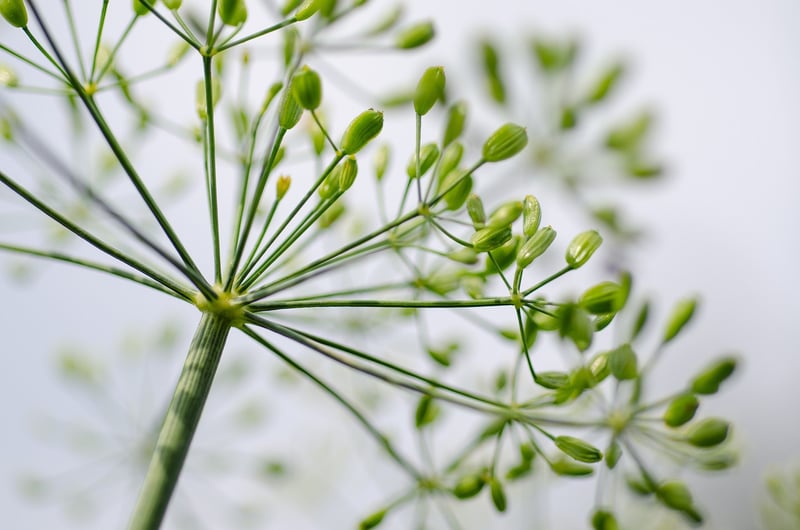Herbs
Choosing the Right Plants and Herbs for Your Garden
Creating a thriving garden starts with selecting the right plants and herbs that will not only enhance the aesthetic appeal but also provide benefits such as fresh herbs for cooking or attracting pollinators. Here are some tips to help you choose the perfect plants and herbs for your garden:
1. Consider Your Climate
Before selecting any plants or herbs, it's essential to consider your local climate. Choose species that are suitable for your region to ensure they thrive in your garden.
2. Assess Sunlight Levels
Some plants require full sun, while others thrive in partial shade. Evaluate the sunlight levels in your garden to choose plants that will receive the appropriate amount of light.
3. Determine Soil Quality
Understand the type of soil in your garden, whether it's sandy, clayey, or loamy. Select plants and herbs that will grow well in your specific soil conditions.
4. Choose Plants with a Purpose
Decide whether you want plants for aesthetic appeal, culinary use, attracting wildlife, or other purposes. This will help narrow down your choices and ensure you select plants that meet your needs.
5. Companion Planting
Consider companion planting, where certain plants benefit each other when grown in close proximity. For example, planting marigolds alongside tomatoes can help deter pests.
6. Low-Maintenance Options
If you're new to gardening or have limited time for maintenance, opt for low-maintenance plants and herbs that require minimal care and attention.
7. Native Species
Choose native plants and herbs that are adapted to your local ecosystem. Native species are often more resilient and require less water and upkeep compared to exotic varieties.
8. Herbs for Culinary Delights
Include herbs like basil, mint, rosemary, and thyme in your garden for fresh flavors in your culinary creations. These herbs are easy to grow and can be harvested as needed.
9. Pollinator-Friendly Plants
Attract pollinators like bees and butterflies to your garden by planting flowers such as lavender, bee balm, and coneflowers. Pollinators play a crucial role in the ecosystem and help enhance plant growth.
10. Seasonal Variety
Ensure your garden has a mix of plants that bloom or thrive in different seasons. This will keep your garden visually appealing throughout the year and provide continuous benefits.

By following these tips and selecting the right plants and herbs for your garden, you can create a beautiful and functional outdoor space that brings joy and benefits year-round.
Happy gardening!
